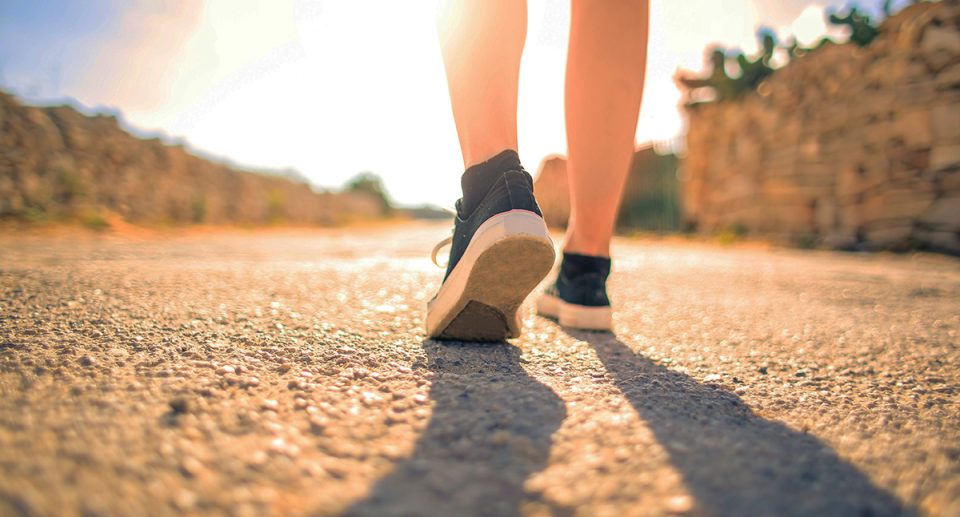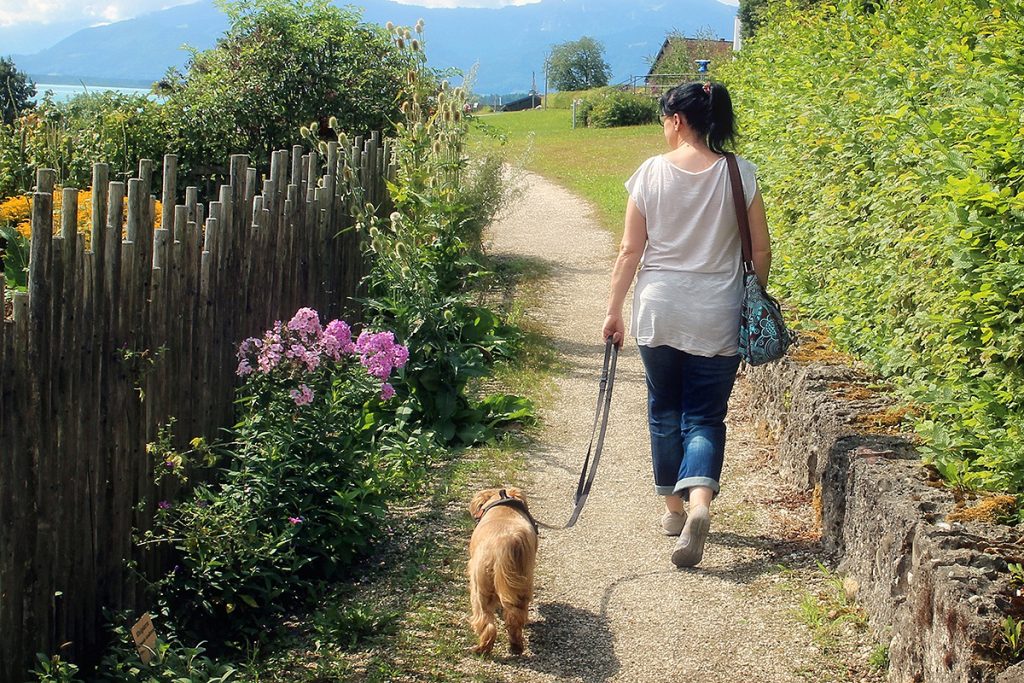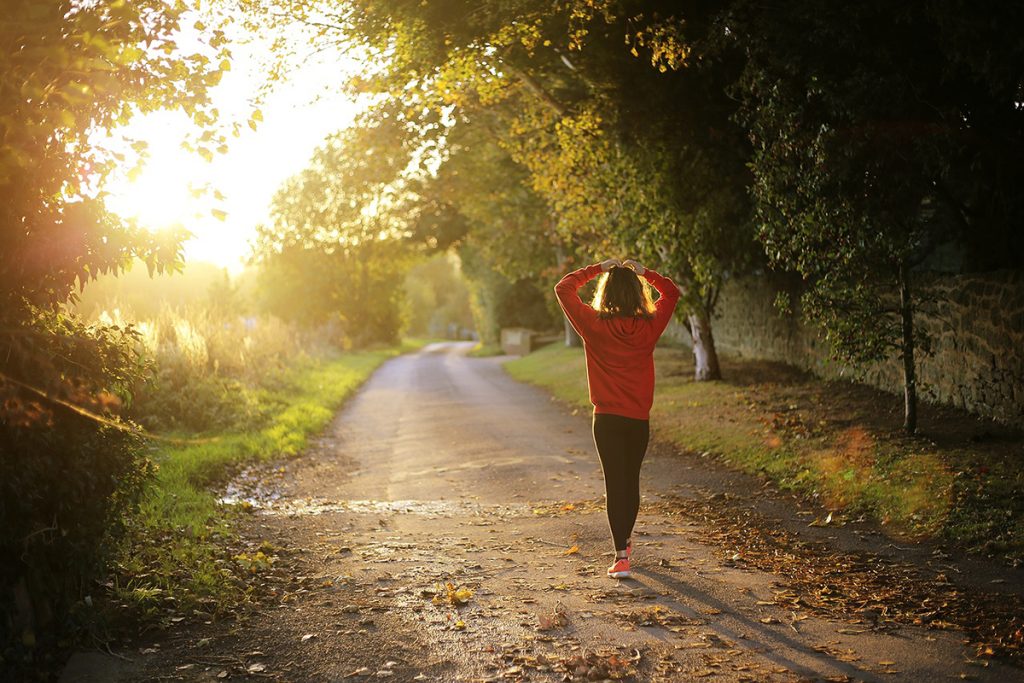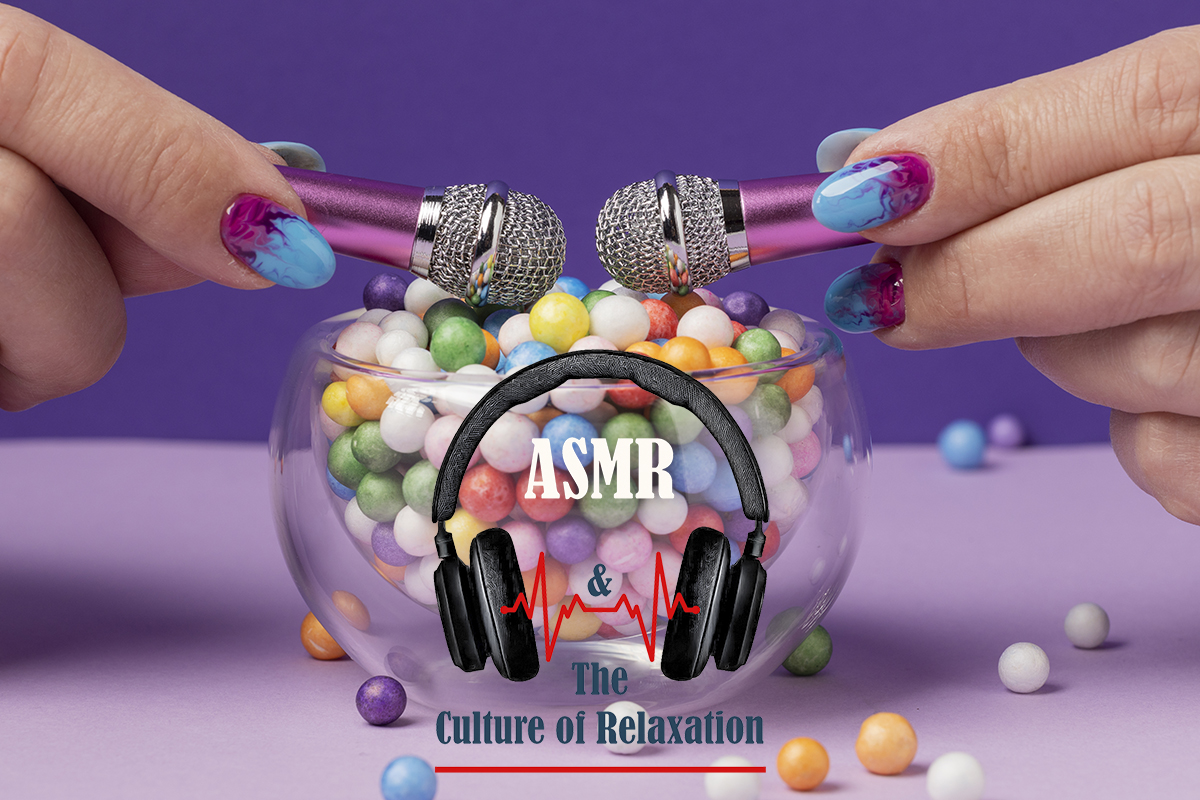Walking is a great way to help get fit, no matter your age!

Walking is an excellent way to stay fit at any age. By increasing your walking speed, you can enhance its benefits, such as improved heart health, weight control, and increased energy.
Walking is an accessible and effective form of exercise. To get started, create a plan and ensure you have the tools to measure your pace. Familiarize yourself with proper walking forms and techniques to maximize the benefits.
On average, adults walk at a speed of about 3 miles per hour (mph) or 4.82 km/hr. However, this can vary based on factors like age, sex, height, weight, fitness level, and the terrain. Your pace is also influenced by your metabolic rate, body fat percentage, waist measurement, and muscle strength.
Walking speed can serve as a gauge of overall health. A slower walking speed might indicate cardiovascular issues or early mortality risk. Understanding your walking speed and its implications for your health is beneficial.
This article explores the average walking speeds, their health implications, and ways to improve your walking speed.

The average walking speed by age
Age is one of the factors that influence average walking speed. A 2020 report that analyzed various studies provided walking speeds categorized by age. The table below shows these speeds in both miles per hour (mph) and kilometers per hour (km/h).
Comparison of average walking speed by age:
Age mph km/hr
Under 30 3 4.82
30–49 2.8 4.54
50–59 2.75 4.43
60–65 2.7 4.34
Over 65 2.1 3.42
What is a brisk walking pace?
A brisk walking pace can differ based on individual fitness levels and other factors, but the ‘talk test’ is a simple way to determine if you’re walking briskly. At this pace, you should be able to talk but not sing. Typically, this equates to about 3 mph (4.82 km/hr), though it’s not as fast as race-walking.
According to the Centers for Disease Control and Prevention (CDC), a brisk walking pace is defined as 3.5 to 4 mph, which falls under moderate-intensity physical activity. A 2018 study suggested that aiming for around 100 steps per minute can help adults achieve the health benefits associated with walking.

Walking speed and some health accommodations
The various health benefits of walking briskly
- Mood Boost: Enhances mental well-being.
- Cognitive Health: Slows mental decline.
- Muscle Strength: Improves muscle tone.
- Bone and Joint Health: Supports skeletal health.
- Longevity: May extend lifespan.
Additional Benefits:
- Heart Health: Elevates heart rate, lowers blood pressure, and strengthens the heart.
- Weight Loss: Burns around 200 calories in 30 minutes.Energy Boost: Increases oxygen flow, enhancing energy and aiding in recovery.
Tips for Increasing Your Walking Speed
To safely improve your walking pace assess your pace. Measure your heart rate during a comfortable, brisk walk. Besides this select proper shoes. Choose lightweight, supportive shoes. Consider motion control shoes or orthotics if needed.

How to use a proper walking form
- Stand Upright: Imagine a string pulling you from the top of your head.
- Relax Shoulders: Keep them back and away from your ears.
- Swing Arms: Bend and swing from the shoulders, not elbows; avoid crossing arms.
- Take Smaller Steps: Increase step frequency rather than stride length.
- Engage Core: Push off from toes and engage glutes and core.
How to safely boost your walking speed
- Start Gradually: Warm up, stretch, and walk for 10 minutes, increasing to 20-30 minutes if comfortable.
- Interval Training: Alternate 30 seconds of fast walking with 2 minutes of slower pace. Repeat 8-10 times, then cool down for 10 minutes.
- Track Progress: Regularly measure your walking speed to monitor improvements.
Incorporate strength and flexibility exercises
- Marching in Place: Lift feet alternately while swinging arms.
- Chair Squats: Lower to a chair and stand back up.
- Calf Raises: Lift heels while standing, hold briefly.
- Side Leg Swings: Swing each leg out to the side, about six times per leg.
- Start with manageable reps and gradually increase intensity.

Walking is a great way to help get fit, no matter your age conclusion
Physical activity, like walking, serves as a valuable form of medicine. Regular exercise helps with daily tasks and prolongs independence. It also boosts energy, sharpens mental clarity, manages blood pressure, reduces stress and anxiety, and supports heart health.
Adding strength training to your routine further strengthens your muscles, joints, and bones. When will you plan your next walk to enhance your health?



















